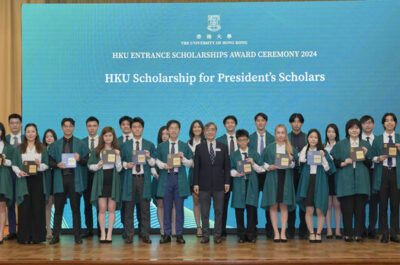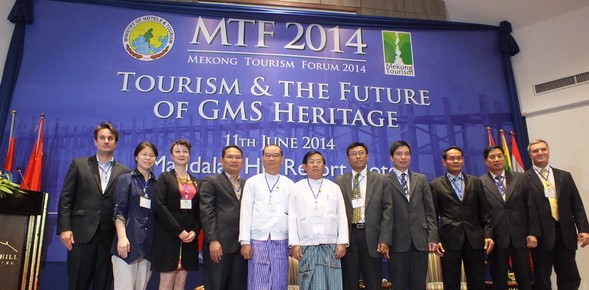Protecting, nurturing heritage as well as raising awareness among government officials, tourism stakeholders and local communities: this is the challenge faced by the Greater Mekong Sub-region tourism working group for the future promotion of the region. With the idea to continue spreading the benefits of tourism to new areas and further alleviate poverty for local population.
MANDALAY – Myanmar plays host for the latest edition of the annual Mekong Tourism Forum. An opportunity for Myanmar to show the progress done is the field of tourism. As it was underlined by Mason Florence, outgoing Executive Director of the Mekong Tourism Coordinating Office, the MTF has turned since its revival in 2009 into an opportunity to highlight secondary destinations and spread the benefits of tourism to new territories. “We are sincerely appreciative of the Myanmar Government to have endorsed Mandalay as a MTF venue”, declared Mr. Florence.
Lots of progress have been seen since the MTF came back in 2009. At that time, all Mekong countries –China excepted- had a total number of 22.3 million international arrivals. Last year, the same countries welcomed over 43 million travellers. And according to a research done by PATA in association with Hong Kong Polytechnic University, the potential of travellers to the region is estimated to reach some 107 million by 2018. If this number is unlikely to be reached, it shows however the power of attraction of the destination. “Every day on TripAdvisor we see nearly 2 million Mekong content pages visited by a global audience.”, tells Matthew Zatto, Sales Manager Tourism Organisation in Asia Pacific for TripAdvisor.
While Greater Mekong Sub-region countries will have to adapt to the growing number of travellers, the Asia Development Bank and the MTCO want to further emphasize a need for quality over quantity tourism. Heritage is of course one of the means to attract higher quality travellers who in return will generate more revenues for local communities. But heritage needs also to be refined: it does not only concern UNESCO World Heritage Sites, famed attractions as well as exceptional natural landscapes. It must go to the grassroots such as helping preserving historical urban areas, intangible cultural heritage or traditional ways of life. “In a fast changing world like today, traditions and intangible cultural heritage are definitely under pressure with a threat of disappearing”, explained Michael Haynes, Heritage Management Specialist at the Institute for International Development.
A good example is the struggle of the Yangon Heritage Trust to preserve and protect the wonderful historical architecture of Myanmar former capital city. The Yangon Heritage Trust is trying hard to raise the level of awareness among locals to protect their heritage but also to work effective solutions to protect existing structures from a fatal destruction. “We work on establishing a zoning, historical heritage areas as well as finding a legal framework to protect buildings”, explained Laetitia Millois, researcher at the Yangon Heritage Trust. Initiatives launched by the YHT include the production of brochures, pilot projects to restore and reactivate three buildings as well as the creation of an exhibition space about architecture.
Protecting the natural environment is another important issue of the GMS. Encouraging the visit of tourists to nature-linked areas carries both a positive and negative effect. It is effectively an opportunity to provide an income for local people thanks to the presence of travellers but it also carries the risk of altering a natural environment. “We must be sure that local people will understand the issue and can take control of their own development. This is probably the best way to preserve the status of fairly untouched areas”, said Daw Yin Myo Su from the Inle Heritage Foundation. For Paul Eshoo, from the Wildlife Conservation Society, people are able to enjoy an authentic experience in mostly less-known areas of the GMS. The project of “Dolphin tourism” (the observation of Irrawaddy Dolphins in Mandalay) can only be developed if done in a sustainable way which mixes conservation and tourism. The GMS is probably Asia’s most ideal place to welcome some of the best travellers of the world: the ones with a truly genuine interest for the people at the destinations they are visiting…
Luc Citrinot a French national is a freelance journalist and consultant in tourism and air transport with over 20 years experience. Based in Paris and Bangkok, he works for various travel and air transport trade publications in Europe and Asia.




![[PR] PR_Ascott and Vimut Hospital_2024](https://www.traveldailynews.asia/wp-content/uploads/2024/04/PR-PR_Ascott-and-Vimut-Hospital_2024-400x265.jpg)








































































